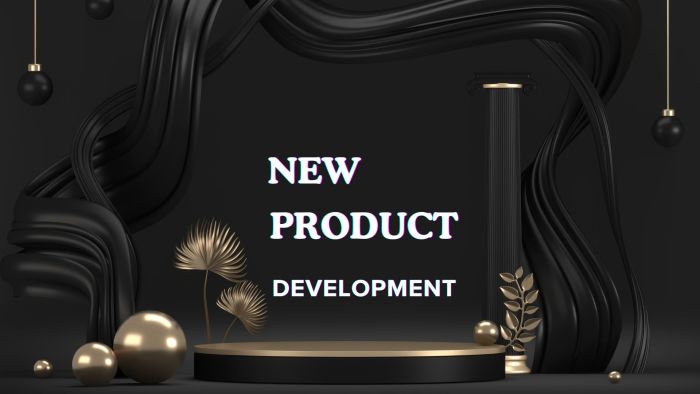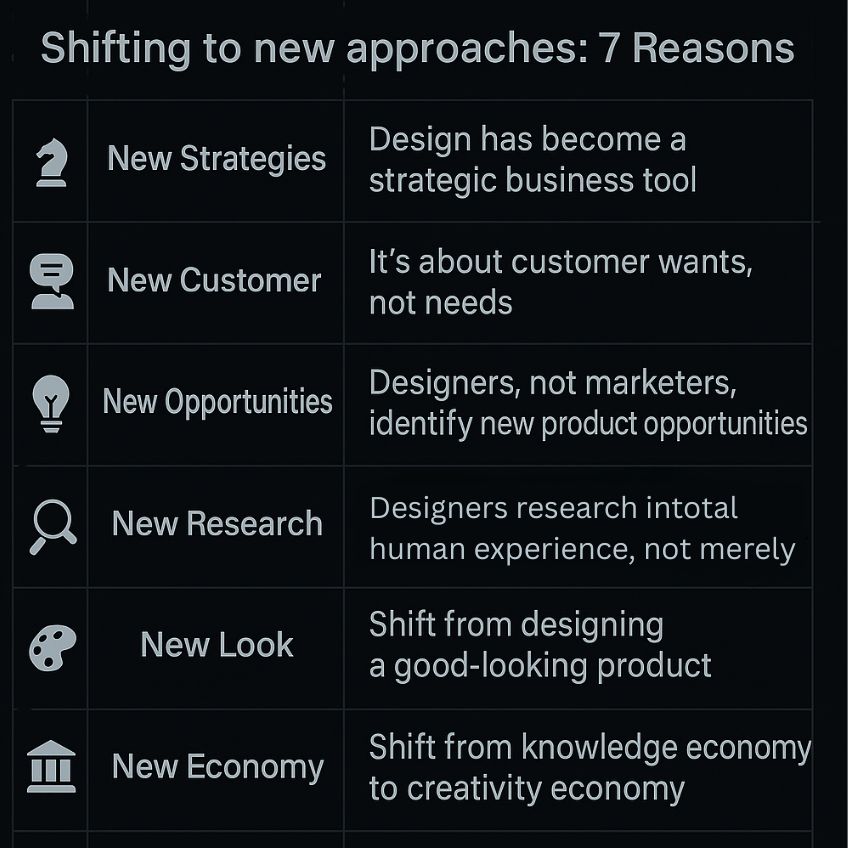Modern approach to New Product Development


Reason 1: Fundamental Changes in the World Design Industry.
The industry of design is undergone deep transformation: from now on design is not only for appearance and style. Design is dramatically changing its role from being simply a tactical device to becoming a strategic business tool.
Reason 2: Transformation of Consumption Culture
Technological revolution provides customers with real power in the market. Today, the question of the utmost importance for brands is how to satisfy people who have an almost endless choice reinforced by instant access to global market.
Thus, the main issue of new product development (NPD) has dramatically changed. Until recently it was: ‘What technical / organization /financial / manufacturing possibilities for designing new product we have’(Technology-Driven Strategy).
Now it is:
> ‘What else does our customer want?
> How can we emphasize with him?
> What should we design to make our new brand/product experience as interesting, amazing, exciting as possible’ (Consumer-Driven Strategy).
Reason 3: Marketing Research vs. Design.
Research
Traditional marketing tools are good for analyzing existing market ideas. Intuitive thinking, qualitative approach used by designers is very good for imagining new possibilities.
Designers identify new product opportunities, create design briefs, conduct market research, develop a platform for further innovations and even brief advertising companies on how to promote the new product.
Reason 4: From 'Consumer' to 'Human' Experience
In contrast to artificial situations of focus group discussions, designers prefer conducting in-context observations looking at the world through their customers’ eyes, empathizing with the soul, mind and body of customer.
Those who combine design thinking with interest in user research are called human factor specialists. They research into total human – not merely customer – experience, investigate how people approach the world, what nuances of interaction with the product, brand, environment is of the most importance for them, what they expect from usage.
Reason 5: Design Thinking – the Best Tool to Tackle Tacit Knowledge
New economy requires new way of thinking to tackle ‘ill-defined’ tacit knowledge. As the real power in the market goes to the customer, companies must learn how to use effectively the tacit knowledge their people accumulated about customer wants.
Reason 6: From Product Design to Experience Design
This is a gift of co-creation, of holistic approach to life and ability to fill it with meaning, emotions and lifestyle drivers. New designers are able to create diverse human experiences, not just physical shapes, content, not simply a form, workplaces, not merely furniture.
Reason 7: From the Knowledge Economy to the Creativity Economy
In today’s era of hypercompetition companies must be very → creative to differentiate from the competition in the eyes of their customers. Companies need to learn how to manage creativity effectively. They also need very creative employees.